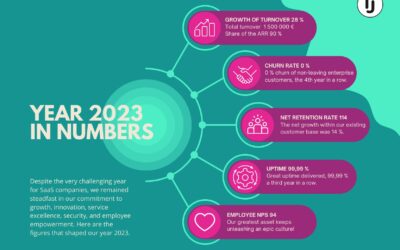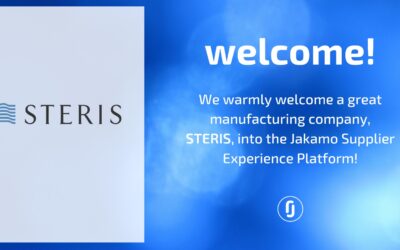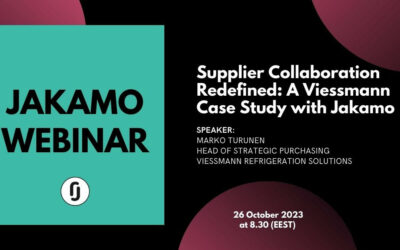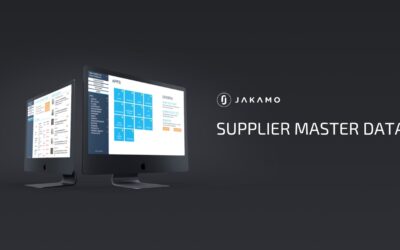Digital Transformation – What actually is changing?

Digital transformation has become nearly an obsession during the latest years and every company would like to become digital – also in the manufacturing industry. But what we mean when we talk about digital transformation? Here is our short definition, and an explanation of what actually is changing.
Digitization and digitalization
Companies in the manufacturing industry took their first digital steps about 30 years ago when personal computers became a regular tool for white-collar workers. Companies started to digitize their paper records into digital documents and store them into their computers. This was an early stage of digital transformation. It only transformed the information records from analog to digital but did not change any processes or ways of working. This progress is often called as digitization.
The next stage towards digital transformation was to adopt digital solutions to full-fill easy tasks in different phases of the process that were done manually by humans before. Actually, the process didn’t change at all but it simplified the work during the process and made it faster, and increased productivity and effectiveness. This progress is often called as digitalization.
Digital transformation
Digital transformation is something more than digitization or digitalization. It’s not only changing files from analog to digital, or solving traditional tasks with the use of digital solutions. The significant shift between humans and machines executing the existing work tasks opens an opportunity for digital transformation. By digitalizing the manual processes digital transformation enables companies to redirect their human knowledge capital from non-value added activities (NVAA) into value creation.
Research by World Economic Forum indicates that 75 million jobs may be displaced by a shift in the division of labour between humans and machines across the industries in the time period up to 2022. At the same time, 133 million new roles may emerge that are more adapted to the new divisions of labour between humans, machines and algorithms.
We need to understand the fact that digital transformation is about us – people. It’s about people and culture change. The technology is available there already. To succeed in this journey, the leaders must concentrate to facilitate and encourage the transition of the workforce to the new world of work.
After all, in digital transformation, the enabling technologies are driving the workforce transformation. It will open a huge opportunity for companies to create disruptive ways of working, clever business models, innovations and new kind of added value for the customers. That is what we mean with digital transformation.
Jarl Matti Anttila
CMO, Co-founder at Jakamo






